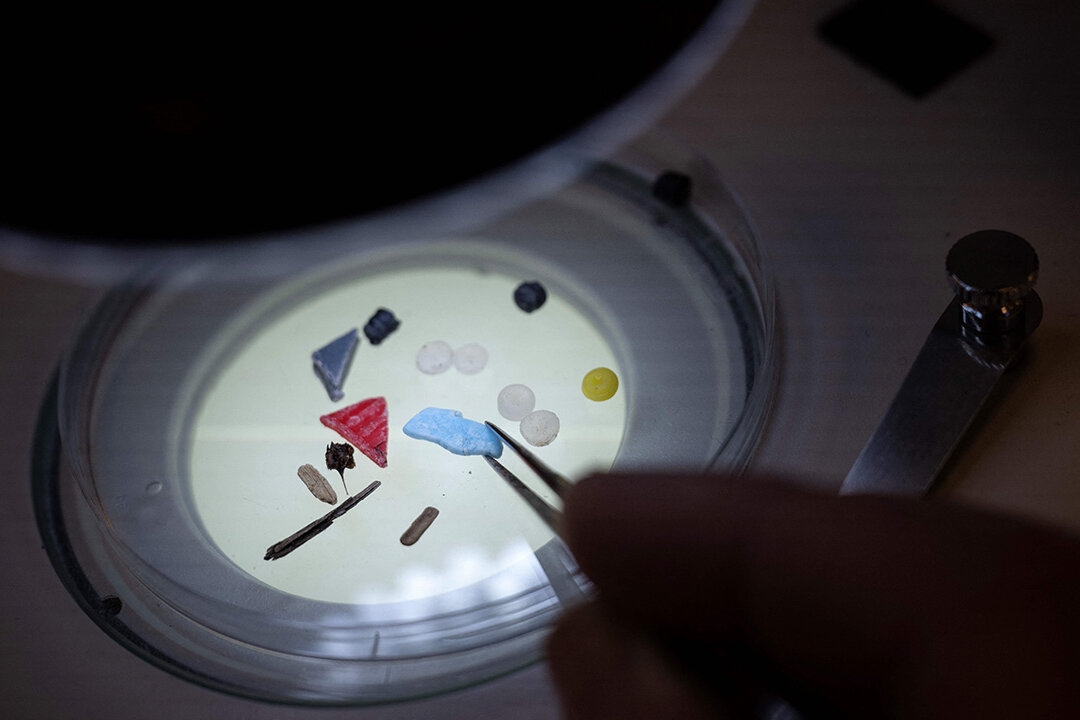from The Epoch Times:
 Such widespread microplastic prevalence in human tissue could explain the puzzling rise in colon cancer among younger people.
Such widespread microplastic prevalence in human tissue could explain the puzzling rise in colon cancer among younger people.
Harmful microplastics have been found in human placenta, with some of them known to trigger asthma, damage the liver, cause cancer, and impair reproductive function.
TRUTH LIVES on at https://sgtreport.tv/
The most prevalent microplastic found in the samples was polyethylene, which accounted for 54 percent of all detected NMPs and was “consistently found in nearly all samples.”
The remaining 26 percent of microplastics found in the 62 tested placenta were represented by nine other polymers. Matthew Campen, Professor in the UNM Department of Pharmaceutical Sciences, who led the team that conducted the study, expressed concerns about the steadily rising presence of microplastics and its potential health implications.
While plastics themselves have traditionally been seen to be biologically inert, microplastics are so small they can cross cell membranes, he noted. Mr. Campen found the concentration of microplastics in the placenta troubling as the tissue was only eight months old when tested. “Other organs of your body are accumulating over much longer periods of time,” he said.
Mr. Campen believes the accumulation of microplastics in human tissue could explain the puzzling rise in certain health problems like colon cancer among people younger than 50, inflammatory bowel disease, and decreasing sperm counts.
“It’s only getting worse, and the trajectory is it will double every 10 to 15 years,” he said. “So, even if we were to stop it today, in 2050 there will be three times as much plastic in the background as there is now. And we’re not going to stop it today.”




